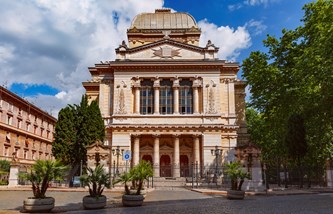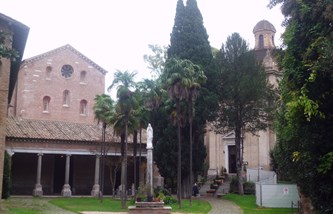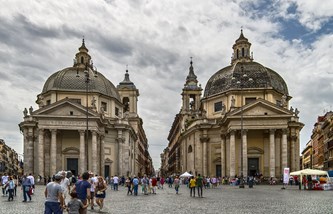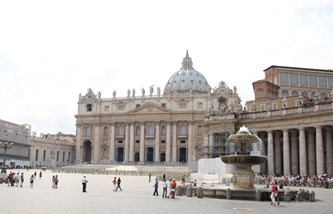Tours

Rome Tourist Card
Rome Tourist Card
Snap up the Rome Tourist Card and you'll get everything you need to explore Rome's top highlights including Colosseum, Palatine Hill, Roman Forum and Hop on/off bus. You can even choose the order you see things in.

Colosseum, Roman Forum & Palatine Hill: Priority Entrance
Colosseum, Roman Forum & Palatine Hill: Priority Entrance
Skip the long lines at the Colosseum with this priority-entrance ticket. This ticket will let you bypass the crowds. And after exploring the Colosseum you can head to the area of the Roman Forum and the Palatine Hill.
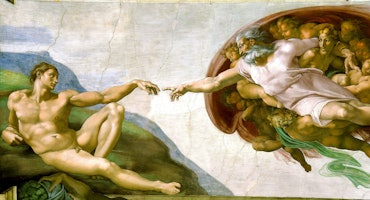
Vatican Museums & Sistine Chapel: Skip The Line
Vatican Museums & Sistine Chapel: Skip The Line
This ticket will make you save stress and time by allowing you to get priority entrance and skip the line. Visit the the countless masterpieces by Michelangelo, Raphael, Caravaggio, Tiziano and the Sistine chapel.
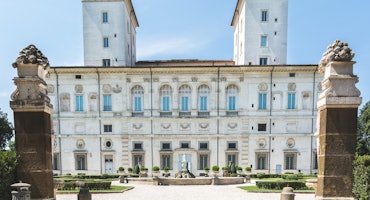
Borghese Gallery: Fast Track
Borghese Gallery: Fast Track
Galleria Borghese is located in the villa of the park Villa Borghese. Admire the architecture and furnishings of this beautiful villa. It is a museum full of art from the Renaissance. The collection includes several sculptures and paintings. Because of limited capacity get tickets for this museum weeks in advance.
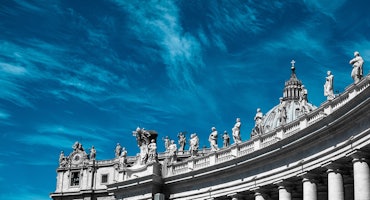
St. Peter’s Basilica: Dome Climb with Guide
St. Peter’s Basilica: Dome Climb with Guide
Get the most out of your visit to St. Peters with a guided tour to climb the basilica’s dome designed by Michelangelo and admire one of the stunning view. After the tour, you can explore the the basilica at your own pace.
Church of the Frisians
The Frisians Church, also called Ss. Michele e Magno, was built in 1141. It is located at the Janiculus, one of the hills of Rome. The church and the hill are adjacent to the St. Peter’s Square. In the 16th century, all the buildings at the bottom of the hill were demolished to make a way for the St Peter’s Square. The Frisians Church is preserved thanks to its location. The church is owned by the Vatican.
Twelve hundred years ago, a Frisian colony lived at the place where the Frisians Church is located. The church owes its name to that colony. In 845, the area of the Frisians and the St. Peter was attacked by Saracens. Along with residents of other districts, they defended themselves. Despite their attempts, the Saracens succeeded to plunder the neighborhood. Then the area was surrounded by a wall. Today there are still findings of this wall.
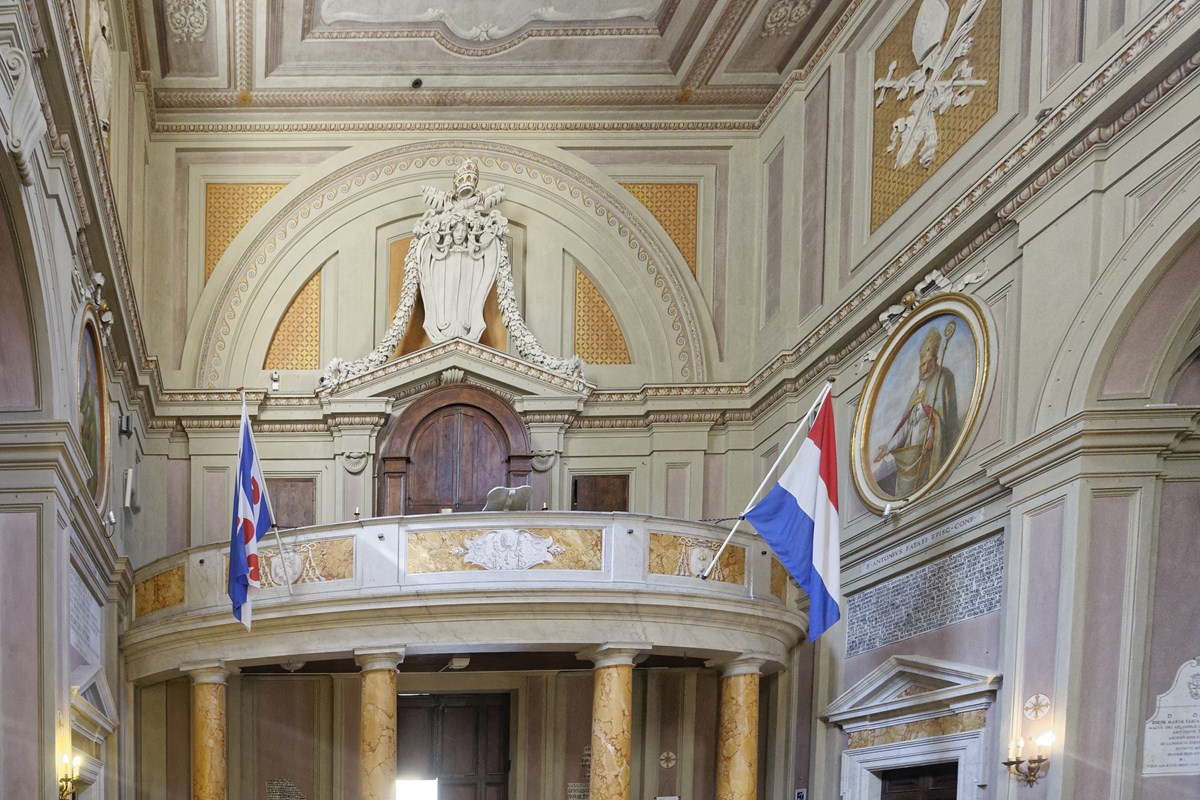
Residues
There’s nothing left from the original church. It was likely destroyed during the wars. Archangel Michael is the first patron of the Frisians Church. The second patron is St. Magnus, a bishop of the 3rd century who was canonized.
In 1114 a new church was built to replace the original. It was a large and beautiful building in a Romanesque style with ancient columns and a clock tower. What’s left of this “new” chruch today is the bell tower. The rest of the building has undergone a metamorphosis in the eighteenth and nineteenth centuries.
Services are held on Sunday at 10.30. The Eucharist is held in Dutch.
Want to know more about the Frisians Church and its relationship with the Dutch? The story about this church is told prior to the mass of 10.30.
